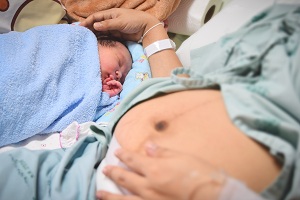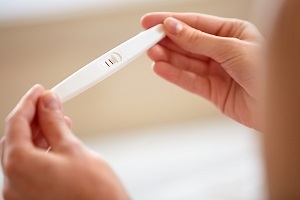The BRCA1 and BRCA2 genes are among the most important genes linked to the risk of breast and ovarian cancer. Averli is not a conviction, indeed: knowing that you are at risk allows you to take all the necessary countermeasures. This can save your life, especially in the case of ovarian cancer. Yet only 18% of BRCA gene carriers know they are. A study by the University of Pennsylvania discovered it.
A team of researchers studied the DNA of 50,000 people, testing them for BRCA genes. Of these, 267 were carriers of the genes, yet only 48 were aware of them. The study highlights how little the tests are widespread to identify the genes that predispose to breast and ovarian tumors. To date, only those who have had family cases carry out genetic tests. Yet it is absolutely not enough.
The presence of cancer in the family is indeed one of the main criteria for measuring the risk of getting sick. Sometimes, however, knowledge of family history is not thorough enough to push for genetic testing. It therefore happens that some BRCA gene carriers do not suspect that they are at risk. The study in Pennsylvania highlighted this fact.
Of the 267 carriers, some died before the end of the study. Half of them left because of a tumor related to BRCA genes. In contrast, very few among those who lived long enough to discover that they were carriers developed a tumor. This is yet another proof of how important genetic testing is for prevention.
Source: medicalxpress.com
Add a comment





